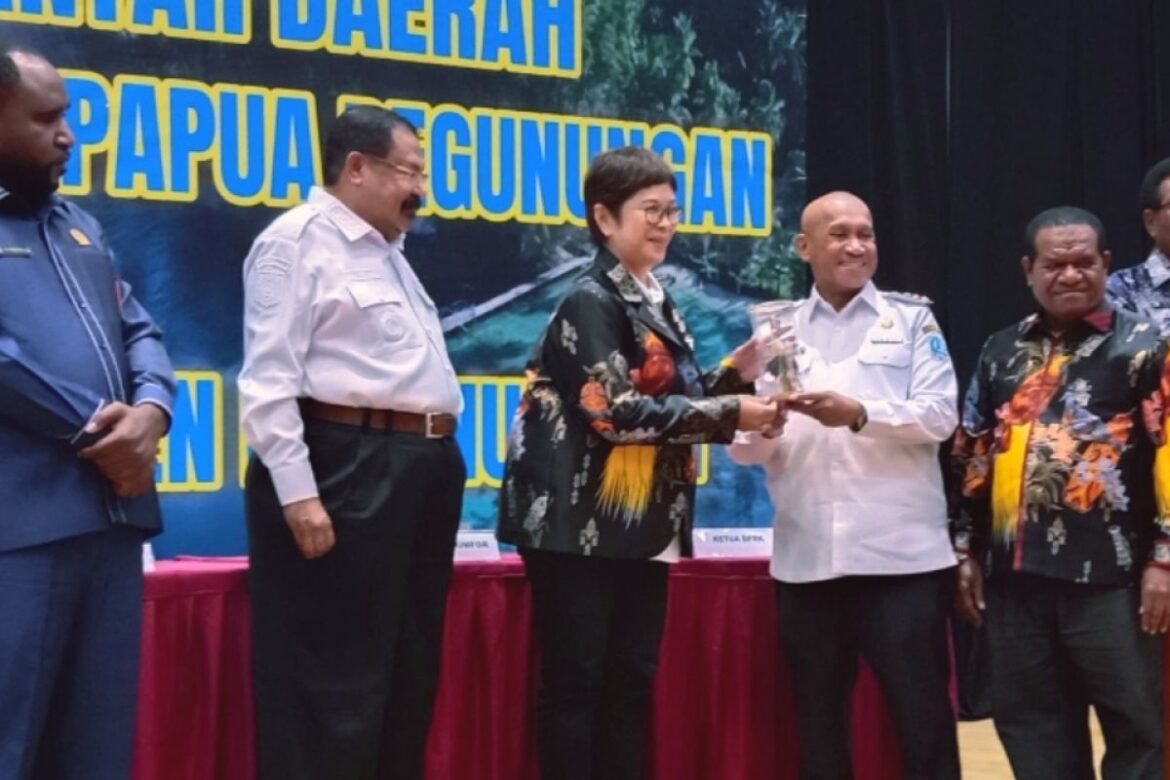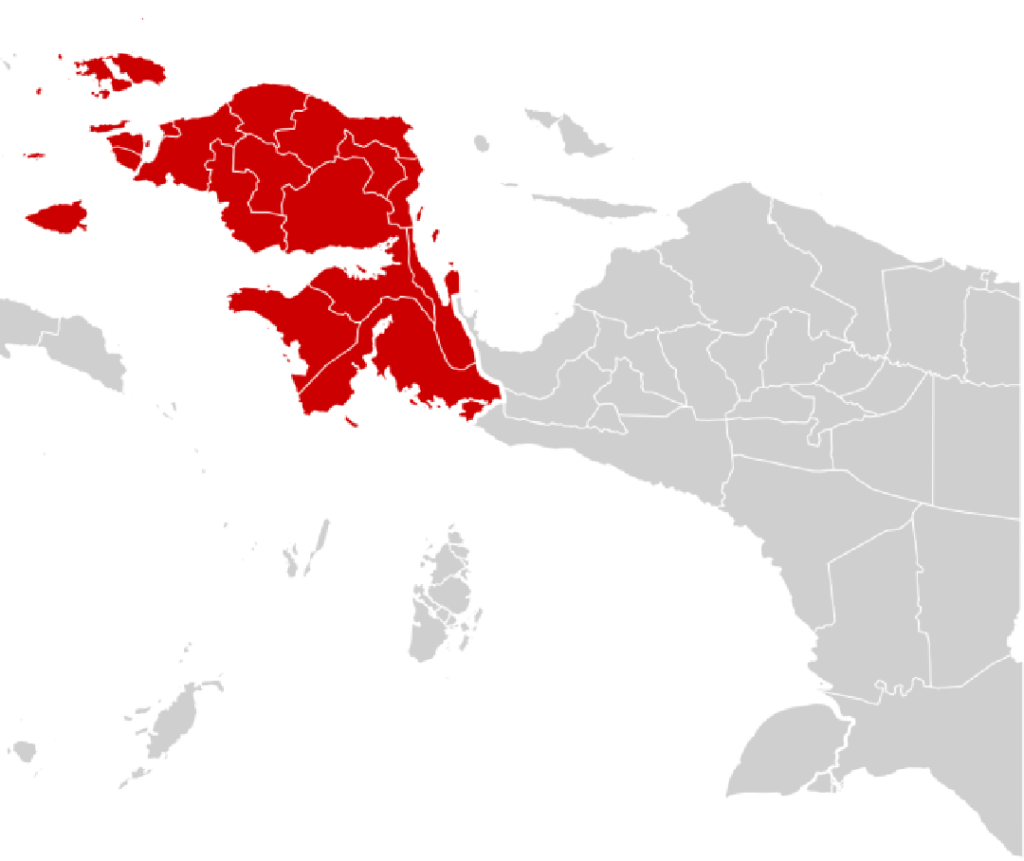On a humid afternoon in Biak Numfor, the sun cast long shadows over the tranquil runway of Frans Kaisiepo Airport. But beneath that calm surface, an ambitious vision was taking flight—a mission that could redefine connectivity for Papua’s most remote regions.
This isn’t just another aviation school. It is Biak’s bold strategy to strengthen Papua’s lifeline, the skies, by training Papuan students as pilots and bridging the vast infrastructure gap that cuts across its rugged mountain ranges and isolated highlands.
A First in Papua’s History
In 17 July 2025, the local government of Biak Numfor joined hands with the Papua Pegunungan (Highlands) provincial government and Flybest Flight Academy, a venture under PT Cenderawasih Timur Nusantara, to launch a new pilot training school in Biak, scheduled to open in 2026.
“This will be the first pilot school established by a district-level government in Papua,” explained Karin Item, commissioner of PT Cenderawasih Timur Nusantara, at the ceremonial signing. Echoes of historic ambition rippled through the audience: Indigenous Papuan youth would now have the opportunity to become aviation professionals—a future once reserved for urban centers.
The collaboration is rooted in Biak’s strategic advantages: a robust runway, aviation infrastructure, and geographic proximity to the Papuan Highlands—a region notorious for its poor road networks and challenging terrain.
From Highlands to Runways: A Long-Awaited Opportunity
Far beyond the airport perimeter, in the misty early-morning altitudes of Papua Pegunungan, hopefuls prepare for a life-changing journey. Local administrations have already begun recruiting students and enrolling them in a six-month preparatory course in Biak, covering English, math, and computer skills before flight school begins.
For families in villages reachable only by narrow footpaths or intermittent airstrip flights, this is more than education—it’s a glimpse of a new destiny. Many highlanders have long endured reliance on small cargo planes, dangerously weather-dependent flights, and limited access to health services, schooling, and markets. The newly opened pilot training school aims to fill this deep gap.
Why Pilots Matter: Connectivity’s Human Backbone
Papua’s topography defies conventional transport. Rivers carve valleys where trucks can’t pass. Clouds obscure mountain passes. Seasonal rains wash out dirt roads. But when a local pilot takes off in a small aircraft, that island-to-island carrier becomes a mobile lifeline.
“It’s not just flying,” reflects Markus Mansnembra, Biak’s regent. “It’s delivering medicine, transporting teachers, and rescuing patients. Training Papuan pilots means giving communities their own wings.”
Launching the school in Biak was as much a strategic decision as a symbolic one. Its airport serves as a central hub for domestic regional flights. Once operational, the academy plans to leverage the local aviation ecosystem—hangars, maintenance, fuel logistics—to support student pilots.
Training on the Ground and in the Air
Students entering the program will undergo six months of academic preparation—an essential base in English and aviation math. Their planes await next year, as the school gears up to begin flight training under Flybest’s instructors.
This hands-on training in Biak positions them to later operate routes into the Highlands, connecting villages like Wamena, Deiyai, and Puncak Jaya—all locations where connectivity determines life and death.
The plan respects Papuan culture. Village leaders, church authorities, and family elders have all given their blessing. “This is not just about sending kids away,” says Kaleb Asso, Papua Pegunungan’s acting education head. “It’s about returning heroes.”
Echoes of the Past, Wings for the Future
Biak has a past as Papua’s aviation cradle. In the 1960s, the area served as a waypoint for regional carriers. Discussion about establishing a pilot school here began as early as 2016, spearheaded by indigenous leaders and presidential advisors. But for years, funding and coordination stalled.
Now, propelled by local authority and national aviation ambition, that dream has landed. “We have the facilities, we have the runway, and now we have the vision,” Racer onlookers commented during the 17 July signing ceremony.
Lives Illuminated by Flight
In Simpang Lima—a village that once saw planes pass overhead but never land—a teenage girl named Anisa beams when asked about her future. Selected among dozens in her district, she will move to Biak next year.
“My uncle died because we couldn’t get him to a hospital in Wamena,” she says, holding back tears. “If I can fly, I can save lives from my own village.”
Stories like Anisa’s are not uncommon. Across Papua, air transport has often come at a price—both human and economic. With local pilots, flights become personal, compassionate, and accountable.
Building Aviation Ecosystems
Biak’s school isn’t just about training pilots—it touches a wider aviation ecosystem. The regency also collaborates with PT Dirgantara Indonesia to introduce N219 twin-engine planes suited for rough airstrips. Discussions are underway to establish MRO (maintenance, repair, and overhaul) services in Biak—a regional hub not just for flight, but for aircraft upkeep.
Local government plans to work with Papua Pegunungan to prioritize student recruitment from the remotest areas. That means scholarships, community outreach, and preparatory classes are being organized starting now.
Challenges Ahead: Funding, Mentoring, Sustainability
The vision is soaring high, but challenges lie clear. Flight schools require substantial budgets—fuel, maintenance, regulatory staffing, and instructor salaries. Papua Pegunungan’s government and Biak are exploring multi-partner funding models alongside the central government.
Teacher retention is another concern. After training, pilots might seek private-sector roles. But local leaders aim to incentivize return—through community postings, service discounts, and family housing—in hopes pilots will serve home provinces.
National and Regional Impacts
Papua’s remote regions aren’t the only beneficiaries. Indonesia’s aviation authority supports small aircraft pilots to increase national connectivity. This Biak school feeds directly into that roadmap—creating licensed, locally rooted talent to operate feeder routes essential for Indonesia’s archipelagic unity.
Moreover, it advances the “economic Papua” agenda by opening markets, speeding emergency response, and boosting tourism in visually stunning but previously unreachable valleys and cultural enclaves.
A Vision Taking Shape
The inaugural class of Papuan students is expected to begin training in the first half of 2026. Preparatory courses in Biak will start in late 2025. If successful, the pilot school aims to train 20–30 students per year—an impactful start in a field historically absent from indigenous Papua.
Local leaders emphasize who will fund and run follow-up classes. Flybest Flight Academy brings aviation expertise. Papua Pegunungan handles student outreach. Biak’s government offers infrastructure, runway access, and community support.
Together, they hope to scale—build student alumni networks, adopt e-learning modules for remote weather or air safety updates, and partner with airlines for internships.
Conclusion
On a quiet evening in Nabire, far from Biak, villagers perform a small ritual of gratitude after hearing the news: “Papuan pilots will fly from our airstrip.”
Whether those wings carry medicine, teachers, families, or tourists, each flight will carry a story—and Emilia, Markus, or Anisa might someday stand at the controls. With the runway stretching before them, they’ll embody a new kind of connectivity—rooted in Papuan soil, piloted by Papuans, for Papua.
Biak’s flight school isn’t a luxury—it’s a lifeline. And as the first generation of local pilots prepares to ascend, Papua’s remote communities may finally breathe easier—knowing their skies are watched over by one of their own.


